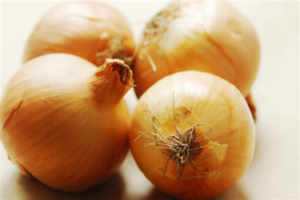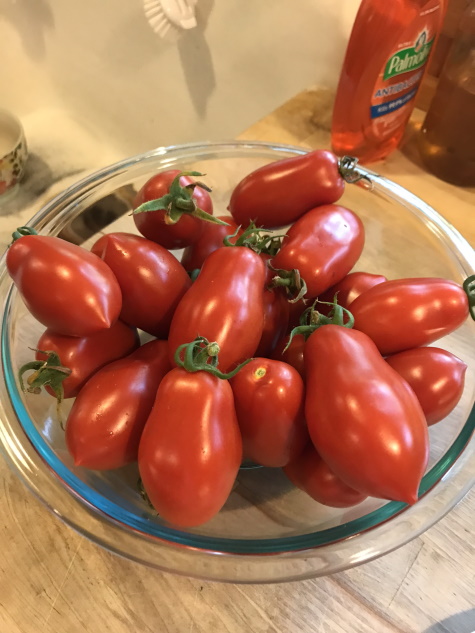
All About The Juicy And Saucy Roma Tomatoes:
Tomatoes are one of the most prestigious culinary ingredients used around the world. All of your favorite recipes are almost incomplete without a dash of the sweet and sour flavor of the tomato paste.
And when it comes to the varieties of tomatoes, the best one can find are the Roma tomatoes, for sure. What makes the Roma tomatoes the best is its soft, juicy and pulpy nature. Roma tomatoes due to their properties are the best option for canning, processing, and making tomato paste.
So if you are a die-hard foodie and a big buff of tomatoes as the main component of your savory dishes, you should be growing your own Roma tomatoes in the garden or inside the house in a pot or container.
What do the Roma tomatoes look like?


Grown hydroponically
Roma tomatoes–also called Italian tomatoes or Italian plum tomatoes–are red-colored fruits (when ripped) with an oval or pear-shaped body. They are tender and firm on the outside while soft and juicy on the inside. Roma tomatoes, unlike the other types of tomatoes, have a fewer number of seeds and they are very easy to be cultivated and used for many purposes.
Table of Contents
What are the nutritional values of Roma tomatoes?
Roma tomatoes are the most savory and delicious condiment having a very rich nutritional value. They have the least amount of calories and carbs, which make it an excellent salad ingredient. The fat content is also low at around 1 gm in a single serving. Roma tomatoes are rich in vitamins and minerals too, and are a great source of vitamin C, vitamin K, vitamin A, and potassium.
A typical small to regular sized Roma tomato has the following nutritional values:
Calories: 16
Fat: 0.2g
Sodium: 4mg
Carbohydrates: 3.5g
Fiber: 1.1g
Sugars: 2.4g
Protein: 0.8g
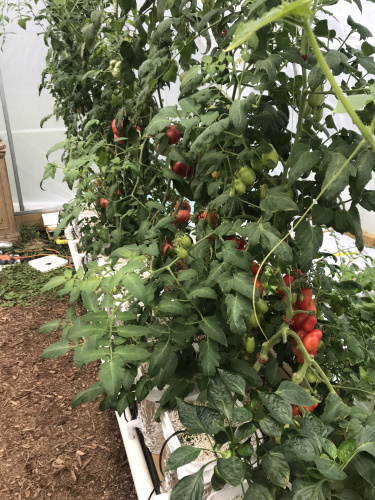

The perfect Roma tomato paste recipe:
Roma tomatoes are the best option for making the most mouth-watering tomato paste. Just grab some of your garden tomatoes, cut and simmer them in your favorite oil (olive) and sieve them. After that, put the sieved paste on a baking tray and bake for 2 to 3 hours to get a thick and delicious paste.
How to grow Roma tomatoes in pots :
Either you choose to grow them in your garden or in pots or containers, Roma tomatoes are quite easy to cultivate. The conditions are pretty much the same. Just like any other variety of tomatoes, Roma tomatoes also take the ideal time of two to three months for cultivation.
For growing Roma tomatoes in pots or containers, the ideal pot size according to the plant growth is 15 inches in depth and 20 to 25 inches in diameter. However, the depth can be increased as the roots of Roma tomatoes tend to grow extensively for better water and nutrient absorption.
Once you have found the perfect spot for your tomato plants, incorporate the seed, and cover them with soil. All you need to do now is taking good care of your Roma tomato plant and providing the best and favorable conditions to make them thrive. The conditions that are ideal for Roma tomato development are listed as follows.
Water conditions
Roma tomatoes are strenuous drinkers, so water as much as you can. You should water your plant regularly as they require a lot of water for growth. Especially when the fruiting season starts, your plants need to have plenty of water to balance the needs of the fruits; otherwise, the fruits can split.
Soil conditions
Soil that works best for Roma tomatoes is any regular garden soil having a high content of all the important nutrients and organic materials. The soil should be well-draining and well aerated. You can add any of the organic matter like peat, manure, or compost to improve the soil quality. The PH of the soil should be between 6 to 7.
Fertilizers
You can use any animal-based or plant-based organic fertilizer for your Roma tomatoes. Drizzling a tiny amount of fertilizer on the soil and plant base every week may help your plant grow at the perfect pace.
Sunlight requirements
Roma tomatoes need a considerable amount of sunlight for their propagation. More sunlight exposure will cause the plant to produce more juicer and pulpy fruits. Also, try to place the plants in a vertical direction; this will ensure better sunlight and better fruit yield.
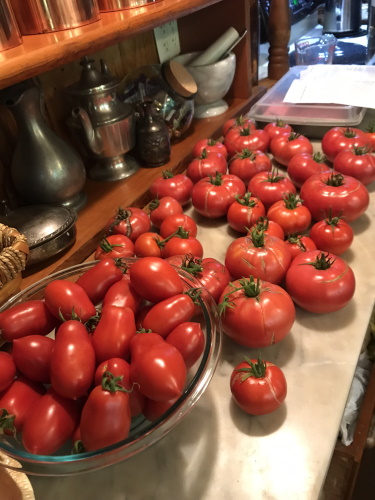

Pruning
Pruning and trimming are also very important for the Roma tomato plants. The leaves or flowers that seem yellow, wilted, and withered should be pruned regularly. Grab your garden tool or pruning shears and get rid of all the unwanted leaves or parts.
How and when to stake Roma tomatoes?
Staking the plants has many benefits, staking can improve fruit yield and fruit quality. It helps in proper growth of the plants and makes the cultivation easier. For Roma tomatoes, you can use wooden stakes that are 5 to 6 feet long. You can insert the stakes at the time of sowing or after a few weeks of transplantation.
But the preferable time is nearly after the sowing when the roots are not deep enough. Because larger roots can get damaged with the stake, and you wouldn’t want to do that. So insert the stake almost 10 inches deep in the soil between the stems of the plants.
Trim the stems of the plants above the soil, leaving 2 to 4 feet of stem above the soil. Now with the help of a string of rope, tie the stem with the stake inserted next to the stem in a figure 8 shape having two loops; One loop for the stem and one for the stake. This will allow free growth of the stem.
Common issues regarding Roma tomatoes:
Though they are really easy to grow and take care of, Roma tomatoes are prone to many diseases, environmental conditions, and pests infestations. Some of the issues that are likely to be faced by tomato growers are insects or pests invasion, leaves spotting, wilting, early and late blighting, and many others. Here we are listing down some of the issues that Roma tomatoes are likely to get.
Pest infestations:
All the insects are not harming; the alarming situation is the one where you see a cluster or bunch of invest/mites on any of your plant parts or on the soil. This is when you need to worry about the pests and take possible measures to control them. Some commonly found pests of Roma tomatoes are:
Aphids:
A few aphids can do no damage to the plant. But when you see a cluster of tiny aphids on your plant’s stems or leaves, this should be taken as a sign. Crush them with the hand or spray soapy water mixture or any essential oil mixture on the affected areas to get rid of aphids.
Hornworms:
Resembling the caterpillar, these worms are big and unimaginably harmful to the Roma tomato plants. They can eat the plants off, leaving holes and voids in the leaves. They can be knocked off by spraying water forcefully. Besides watering, organic treatment is also an option for getting rid of hornworms.
Nematodes:
Though many of the nematodes are beneficial to the soil and fix nitrogen and other nutrients in the soil, some are hazardous too. Pathogenic nematodes, like root-knot nematodes, make the nutrients unavailable to the plant, and the plants eventually die. The nematodes can be controlled by various methods like soil sterilization, negative resistance, and crop rotation.
Whiteflies:
These whiteflies are insects that are themselves a problem but create other problems too. The whiteflies feed on the nectar and juices of the tomato plant. And once they are done with extracting the plant fluids, they leave a sticky substance on the plant, which further attracts mold and fungal growth on the plant. Whiteflies can be minimized by spraying an essential oil mixture. Besides this, traps can also be set to catch flies and restricting their path. Many insecticides and pesticides are also available in the market that works effectively in whiteflies’ infestation.
Diseases outbreak:
The diseases that the plants are liable to get are:
Wilt diseases:
Fungi that are present in the soil can cause water restrictions to the plants. This will cause the plant to desiccate and wilt after a certain amount of time. The wilt starts from the leaves spreading throughout the plant.
Leaf spots:
Septoria leaf spot is another fungal disease that causes white circular spots on the tomato leaves. The leaves first develop spots, wither, and then they fall off from the stem. An extremely warm environment causes septoria leaf spot fungus to grow. So in order to minimize this condition, the plants should be kept in a cool and dry environment.
Late and early blights:
Early blights occur after the fruiting season; the fungus Alternaria causes darkening of the leaves with black spots. The leaves develop black concentric rings and fall off after a while. Late blight is caused by Phytophthora infestans, and occur at the end of the growing season.
They cause green patches on the leaves and also on the fruits. The fruits rot very quickly once they’re infested by late blight.
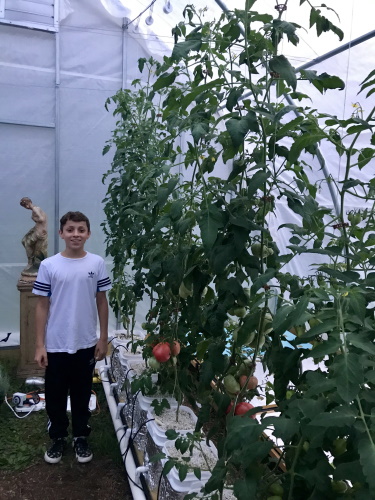

My Son Learning About Growing In A Greenhouse


